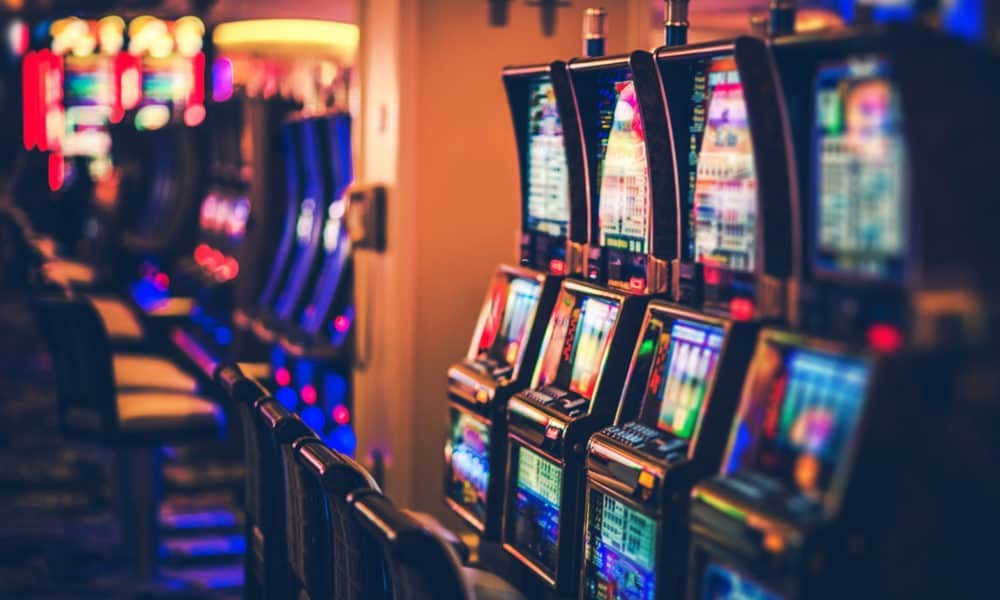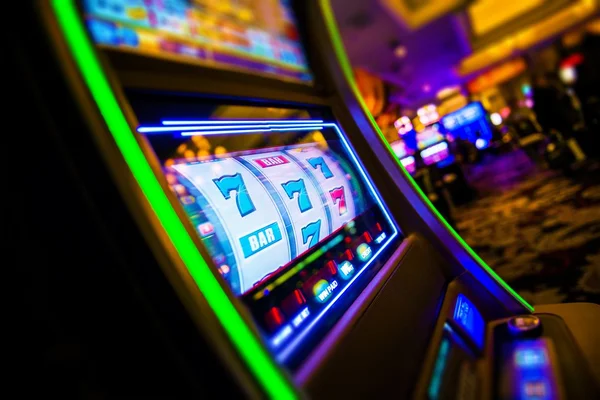RTP is a measure of how much a slot game is supposed to pay out to players over a long period. Expressed as a percentage, it tells you how much-wagered money the game is programmed to return to players collectively. Modern slots typically feature RTP values ranging from 92% to 98%, with online platforms generally offering higher percentages than physical casinos due to lower operational costs. From a purely mathematical perspective, choosing games with higher RTP values gives you a better chance of preserving your bankroll over time.
Volatility
Volatility describes how a game pays in comparison with RTP. This shows how risky a particular slot is and how you can expect the payouts to be.
- Low volatility slots deliver frequent but smaller wins, creating a steady, predictable gaming experience. These games typically allow for extended play sessions with a modest bankroll as your balance fluctuates within a narrower range. The consistent small wins help maintain your bankroll while preventing dramatic swings in either direction.
- High volatility slots pay out less frequently but deliver more considerable sums when they do. These games may go through extended “dry spells” with few wins, followed by substantial payouts that can significantly exceed your initial stake. This creates a more unpredictable experience with dramatic swings in your balance.
- Medium volatility slots balance these extremes, offering moderately frequent wins of varying sizes.
While RTP and volatility influence potential returns, they create vastly different gaming experiences. A high-RTP, low-volatility slot might keep you playing longer with frequent small wins but rarely delivers life-changing payouts. Conversely, a high-volatility game with a slightly lower RTP might quickly deplete your bankroll in many sessions but occasionally deliver wins substantial enough to compensate for previous losses.
Which matters more for winnings?
From a purely mathematical standpoint, RTP represents the most important long-term factor affecting potential returns. A higher RTP means the game is programmed to keep less of players’ money over time. If you aim to maximize theoretical returns over many sessions, prioritizing high-RTP games makes perfect sense.
This theoretical advantage only manifests over millions of spins, far more than any individual will ever play. Within the realistic timeframe of personal play, volatility often exerts a more practical influence on actual results. High-volatility games create more potential for significant wins within a single session, which aligns with many players’ goals. Short gameplay sessions are thrilling when you Play wayang88 on suksesbarengan.com.
Strategic considerations for different players
Your optimal approach depends significantly on your specific situation and objectives:
For players with limited bankrolls
- High-RTP, low-volatility slots typically offer the best value
- More predictable outcomes help preserve playing capital
- Extended entertainment with a more negligible risk of rapid bankroll depletion
For trophy hunters seeking significant wins
- High-volatility slots provide the best chance for notable payouts
- Be prepared for potentially quick bankroll depletion
- Consider a larger starting budget to weather losing streaks
Balanced players
- Medium-volatility slots with above-average RTP offer compromise
- Reasonable chance for significant wins without extreme dry spells
- Moderate bankroll preservation with occasional excitement
Online slot developers and casinos have become increasingly transparent about these metrics. Many now publish RTP values directly in-game information sections, while volatility is typically indicated through descriptive terms or symbolic ratings. Third-party review sites often provide more detailed analysis, including practical volatility assessments based on actual gameplay testing rather than theoretical models. These resources help you identify games that match your preferred risk-reward profile.



